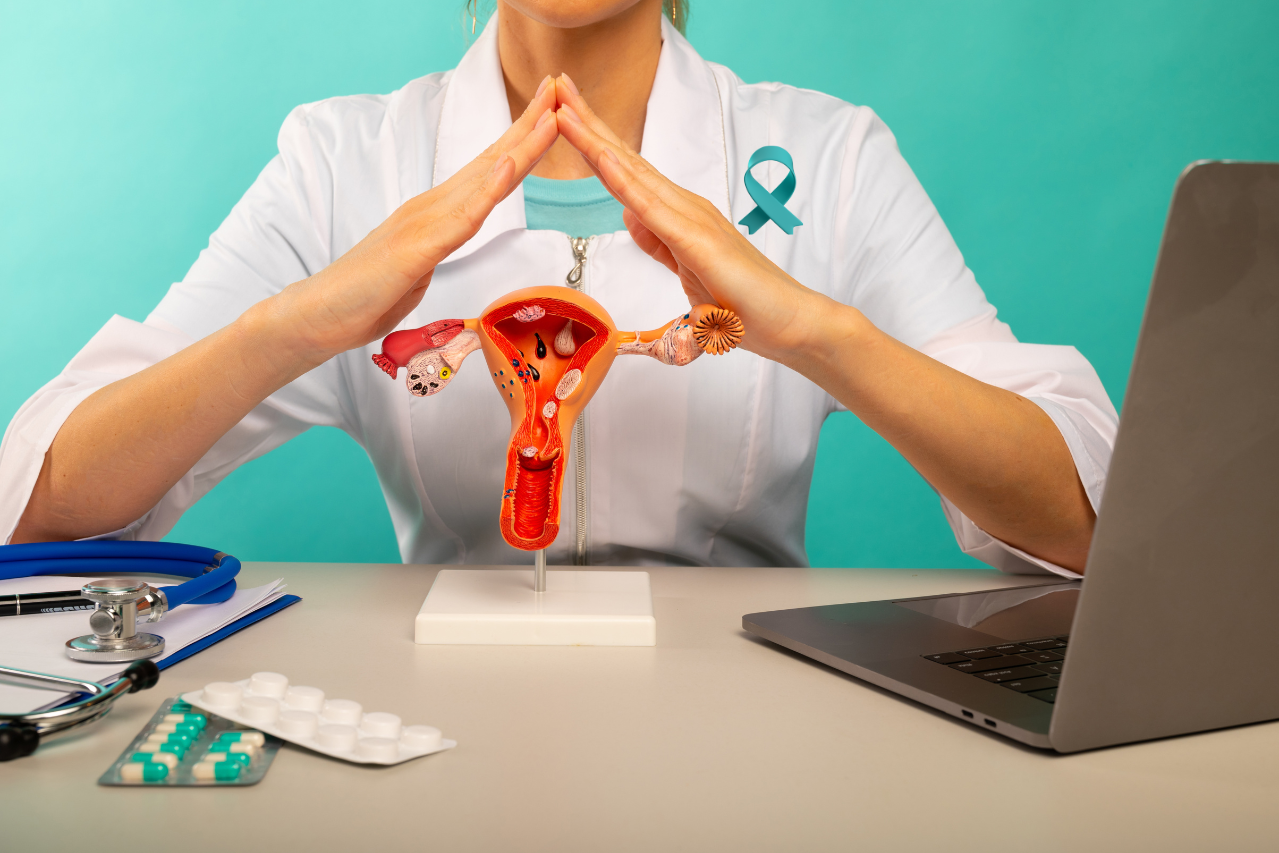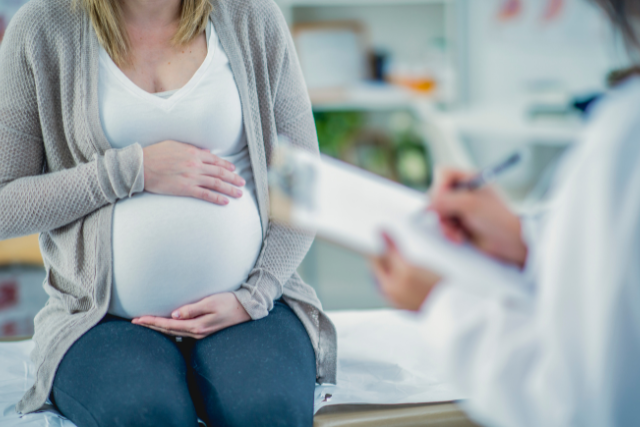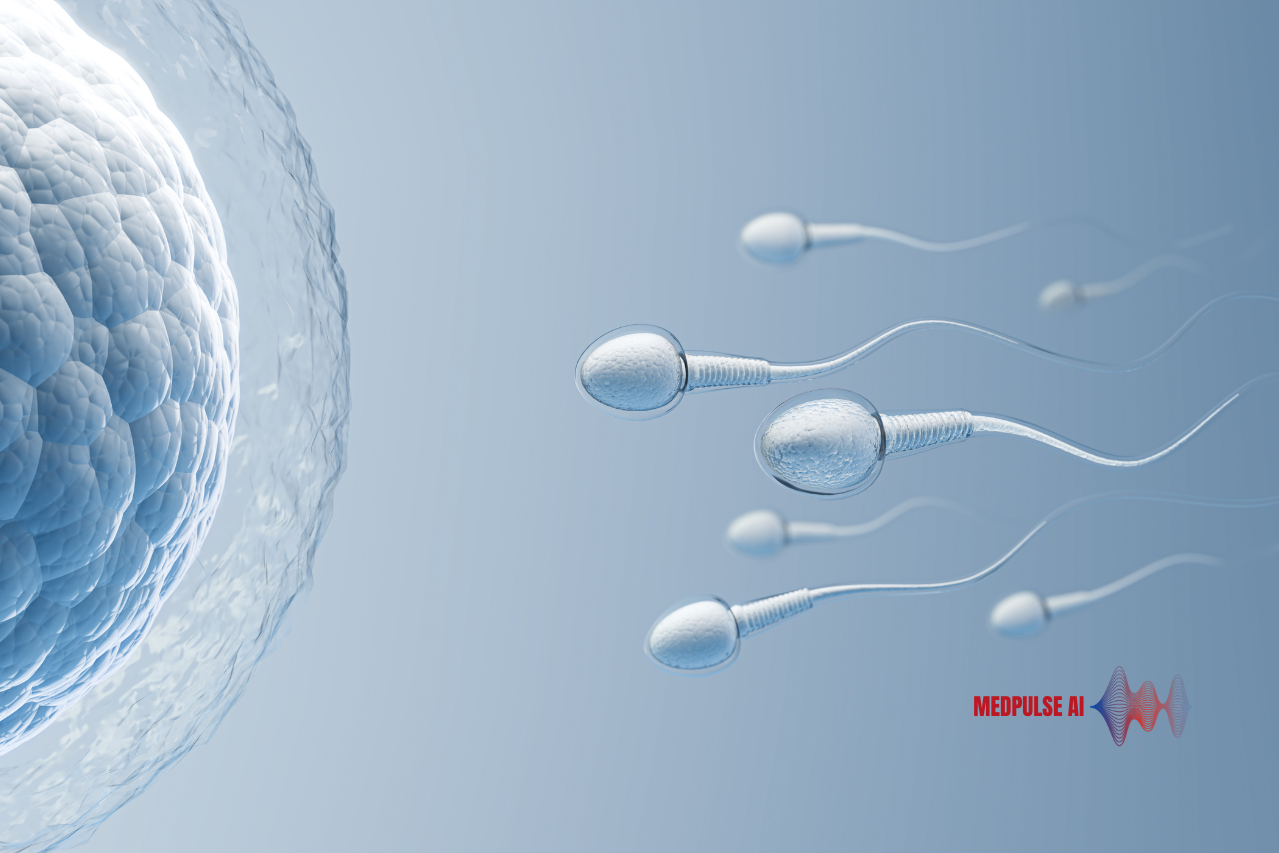As women enter midlife, their healthcare journeys become more complex and invisible. Symptoms become more complicated to explain, diagnostic pathways more fragmented, and solutions less personalized. From fluctuating hormones to rising cardiac risk, midlife women often find themselves navigating a system that was never fully designed with them in mind.
But what if a virtual version of you, a bio-digital twin trained on your unique biology, could help rewrite that story?
What Is a Bio-Digital Twin?
A bio-digital twin is a virtual, data-driven replica of a person’s biological systems. Think of it as a living, breathing simulation built from your real-world health data, from genomics and lab tests to lifestyle, environment, and wearable tech inputs.
In medicine, digital twins are already being used to model the effects of drugs in oncology and to simulate organ behavior in cardiology. But the next frontier? Using digital twins to monitor and guide the health of women 45 and older.
Why Midlife Women Need This Now
Midlife is biologically and socially distinct. It comes with metabolic shifts, increased autoimmune risk, fluctuating estrogen levels, changes in cardiovascular resilience, and greater vulnerability to both underdiagnosis and overtreatment.
Yet despite these complexities, most health tracking tools treat women 45+ as either extensions of their reproductive selves or as generic aging bodies. This is where bio-digital twins can step in, offering real-time, personalized simulations that evolve with a woman’s body, not just around it.
What’s Emerging: FemTech Meets AI Modeling
New startups and research groups are working to create biosimulation models tailored for female physiology and the midlife transition. These models incorporate:
- Hormonal cycles and decline (not just reproductive phase)
- Cardiovascular biomarkers specific to post-menopausal women
- Real-time inflammation patterns linked to autoimmune shifts
- Genetic predispositions for bone density loss, metabolic syndrome, or breast cancer
Some early players to watch:
- Twin Health, which has focused on metabolic diseases and is exploring gender-specific applications.
- Qinematic and BioTwin, which are experimenting with motion-capture and voice biomarkers to feed twin simulations.
- Fem-focused AI research labs at Imperial College London and Stanford that are creating age- and sex-specific training datasets.
The Risk of One-Size-Fits-All AI
The promise of AI in health depends on its data—and that’s precisely where women 45+ are often left out. Most AI health models are trained on male-dominant or younger populations. For example:
- Cardiovascular algorithms often ignore that women may present heart attack symptoms as jaw pain or fatigue rather than chest pain.
- Menopause is frequently treated as a binary switch in AI risk profiles, rather than a gradual hormonal transition.
- Hormone replacement therapy (HRT) risks and benefits are rarely modeled dynamically in relation to personal genetics or lifestyle factors.
Without correction, these blind spots become baked into the algorithms that guide diagnosis, treatment, and prevention.
How a Digital Twin Could Help
Imagine this:
- You’re 52, experiencing brain fog, joint pain, and fatigue.
- Your digital twin tracks not just your symptoms, but your cycle, your activity level, and recent lab results.
- It predicts that your estrogen dip may be impacting cognition, and flags a slightly elevated cardiac risk.
- It simulates how your health would respond to three different interventions: HRT, intermittent fasting, or a 15% increase in sleep.
The result? Evidence-backed options tailored to your exact biology.
Continuous vs. Snapshot Care
Today, most midlife care is episodic: You see a doctor when something feels wrong. But digital twins offer a continuous model of care:
- Daily inputs from wearables, diet, stress, and sleep
- Real-time simulation of what future health might look like
- Course correction that happens before symptoms escalate
This makes midlife care not just reactive, but predictive.
Cost, Access, and Who Gets Left Behind
As with most cutting-edge healthcare technologies, a hard but necessary question looms for midlife women:
Will I actually have access to this, or am I just training the tools that others will benefit from?
Right now, bio-digital twin platforms are emerging in two places:
- Academic medical centers experimenting with AI-driven simulations
- Premium digital health startups offering $300/month memberships to “optimize longevity”
In both cases, access tends to skew wealthy, urban, and already health-literate—leaving out the very populations that could benefit most from early, continuous health insights: midlife women juggling caregiving, stress, and delayed diagnoses with limited time or financial flexibility.
Without intentional design, this promising innovation could follow a familiar path:
First marketed as elite, then adapted slowly (if ever) for the people who need it most.
Structural Barriers to Watch For:
- Out-of-pocket costs: Personalized twin platforms may bundle tests, devices, and subscriptions that make it inaccessible without insurance.
- Tech literacy gaps: Tools that require smartphone syncing, health tracking, and app navigation often exclude older or tech-cautious users.
- Data exclusivity: Companies may restrict access to insights unless users subscribe—turning your own body datainto a paywalled service.
What Equitable Adoption Could Look Like
To make bio-digital twins truly transformative, not just for the privileged few, developers, policymakers, and health advocates must work in tandem. Here’s what an inclusive roadmap could look like:
1. Insurance Integration as Standard
- Treat bio-digital twins not as wellness add-ons, but as reimbursable clinical tools for managing midlife transitions: menopause, metabolic syndrome, cardiovascular risk.
- Encourage value-based care providers to pilot twin-based monitoring for chronic conditions prevalent in women 45+.
2. Public Health + Community Deployment
- Embed digital twin programs in community health clinics and Medicaid pilot programs, particularly for underserved or rural midlife women.
- Provide grant funding to organizations exploring twins for populations historically excluded from digital health, Black and Indigenous women, disabled women, and low-income caregivers.
3. Open-Source and Public Twin Frameworks
- Incentivize academic institutions and NGOs to build transparent, open-access twin models based on publicly available datasets.
- Require companies that use large-scale health data to offer community-access tiers of their twin platforms—ensuring reciprocity.
4. Inclusive Training Datasets
- Actively recruit diverse midlife women—across age, race, body type, geography, and health history to train the algorithms behind bio-digital twins.
- Make this inclusion non-negotiable, not optional.
A Cultural Reframe: From Luxury to Right
Bio-digital twins are often marketed like luxury skincare, shiny, elite, and aspirational. But they are not a boutique lifestyle add-on. For midlife women, they have the potential to become:
- A lifeline to understanding the root causes of fatigue, weight gain, or mood instability
- A bridge between episodic care and long-term insight
- A tool for agency in navigating healthcare that too often gaslights or generalizes women in midlife
Access should not be earned through wealth. It should be guaranteed through recognition that midlife health isn’t a niche. It’s the backbone of family systems, community caregiving, and economic productivity.
If we’re serious about equity in health tech, then bio-digital twins must be designed with midlife women not just as data donors, but as the intended beneficiaries.
Becoming the Co-Pilot, Not Just the Data Source
The real power of bio-digital twins won’t come from the technology it will come from how midlife women use it. That means moving from passive recipients to active co-pilots of the twin-building process.
What you can start asking now:
- “Are you using data from women my age and background?”
- “Will I be able to see, adjust, or understand how the twin interprets my health?”
- “Can I test different lifestyle changes and see predicted outcomes?”
Your questions shape the ecosystem. Your feedback improves the tools. Your participation drives innovation.
Midlife women have spent decades adapting to a healthcare system that often overlooks their nuance. Bio-digital twins offer the chance to flip the script. Instead of fitting into flawed models, women 45+ could help shape the next generation of health tools, not as data points, but as dynamic individuals with changing, complex, and deeply valuable bodies. Precision medicine should be for everyone, and that means building twins that reflect you and help you build yourself.




